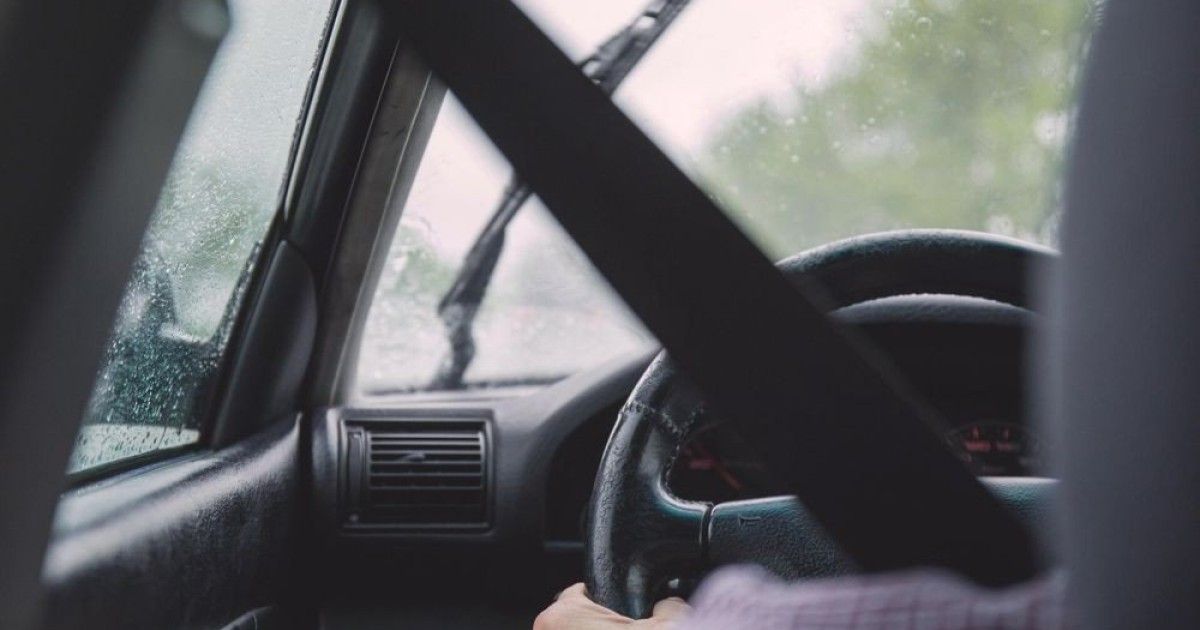The researchers from Edith Cowan University (ECU) in Australia may have developed a technology that could help save lives on the road. They created a new algorithm that can tell if a person behind the wheel is driving under the influence of alcohol. This technology artificial intelligence It could allow law enforcement to spot drunk drivers earlier than they do now and prevent potentially fatal crashes. The future application of this technology could be used in smarter cars to prevent drunk drivers from actually starting to drive under the influence.
Australian scientists collaborated Mix by Powerfleet to collect data from drink driver footage observed in a controlled but realistic environment. The researchers divided the participants into three groups before using a simulator to record footage with a camera: Sober, slightly intoxicated and severely intoxicated. They fed the resulting video to a machine learning system. The system interpreted the changes in the standard RGB video of the driver’s face to determine the degree of intoxication. The AI analyzed various aspects including facial features, gaze detection and head position.
“Our system detects different levels of impairment from alcohol intoxication, with an overall accuracy of 75% for the three-level classification.“, his doctoral student said in a statement ECU K. Ensiyeh Keshtkaran.
This percentage may not seem high enough, but it is still a great success. If technology can be used to detect three out of four drunk drivers earlier, it could have a significant impact on accident prevention. The ECU reports that driving around the world is the number one factor in around 30% of fatal crashes in Australia. Furthermore, statistics show that 1 in 5 drivers killed on Australian roads have a blood alcohol concentration of 0.05 or more.
Researchers can always improve AI models with additional experiments. I am already trying to determine the type of image analysis that artificial intelligence needs to detect drunk drivers. If they can make the technology work with road surveillance cameras, law enforcement could prevent drunk driving more effectively than doing random checks or stopping reckless drivers.
This is the main advantage of the system. It offers a new approach, as law enforcement will be able to catch drunk drivers at the beginning of their driving, rather than after they have had the opportunity to drive a vehicle under the influence of alcohol for a period of time A future version of the system could be integrated into road cameras that can already detect other types of dangerous driving behavior, such as using a phone or not wearing a seat belt.
U Keshtkaran he also mentioned efforts to integrate driver alcohol detection systems into future vehicles. Some may focus on algorithms that look at driving behavior in relation to actual driving. Driving, pedaling and acceleration patterns can indicate drunk driving. Alcohol detection sensors can also determine if a person is driving under the influence of alcohol. However, current systems do not yet consider the use of computer vision technology to detect the risk of drink driving.
U researchers of ECU they also noted that other detection methods would require drivers to start driving so that the algorithms can evaluate their behavior. By the time the system makes a determination, the drunk driver is already a danger on the road. Using artificial intelligence to interpret video in real time may be a faster and safer way to detect drunk driving before fatal crashes.
That said, we are still in the early days. More research may be required before Australian authorities incorporate this technology into road safety cameras and make changes to the law to allow the cameras to be used for this purpose. But it’s certainly an interesting use of AI to potentially prevent crash-driving that authorities around the world and smart car vendors should look into.

